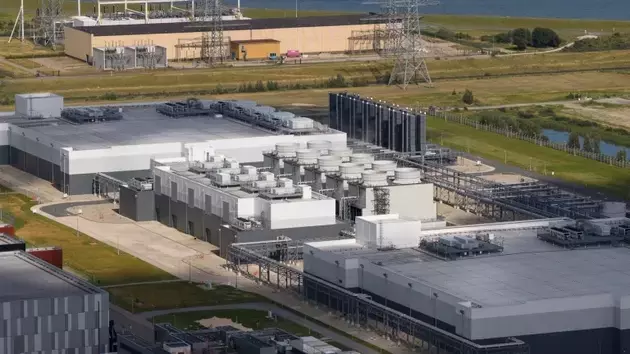
Unpacking CoreWeave's Growth Trajectory Amidst Market Fluctuations
Dissecting CoreWeave's Stock Dip: Beyond the Surface of Q3 Reports
CoreWeave's recent stock performance saw a decline despite reporting a remarkable 134% increase in revenue. This downturn coincided with the company's announcement of a substantial backlog, which escalated to $55.6 billion. The market's reaction appears to stem from a misinterpretation of a temporary operational holdup concerning a new facility. This delay, while affecting the immediate revenue timeline, is anticipated to merely reallocate a few hundred million dollars in revenue to early 2026, preserving the full value of existing contracts.
Robust Backlog Expansion and Elevated Customer Quality
The company experienced a near doubling of its backlog in a single quarter, highlighting significant demand for its services. A key aspect of this growth is that approximately 40% of this backlog is expected to convert into revenue within the next two years, indicating strong near-term visibility. Furthermore, 60% of this substantial backlog originates from investment-grade customers, underscoring the high quality and reliability of CoreWeave's client base.
Valuation Discrepancy: CoreWeave vs. Industry Peers
Despite its rapid growth and high-quality customer engagements, CoreWeave currently trades at a price-to-sales ratio of 6.6x. This valuation stands notably lower when compared to its industry counterparts, many of whom exhibit slower growth rates, serve a less premium customer segment, and possess reduced visibility into future revenues. This suggests a potential undervaluation of CoreWeave's market position and future prospects.
Strategic Capital Expenditures for Future Expansion and Autonomy
Looking ahead, CoreWeave is poised for aggressive expansion, with capital expenditures projected to more than double 2025 levels by 2026. A significant portion of this investment is earmarked for self-build projects. This strategic shift aims to lessen the company's reliance on third-party developers, thereby enhancing operational control, potentially reducing costs in the long run, and accelerating the deployment of new infrastructure to meet growing demand.
